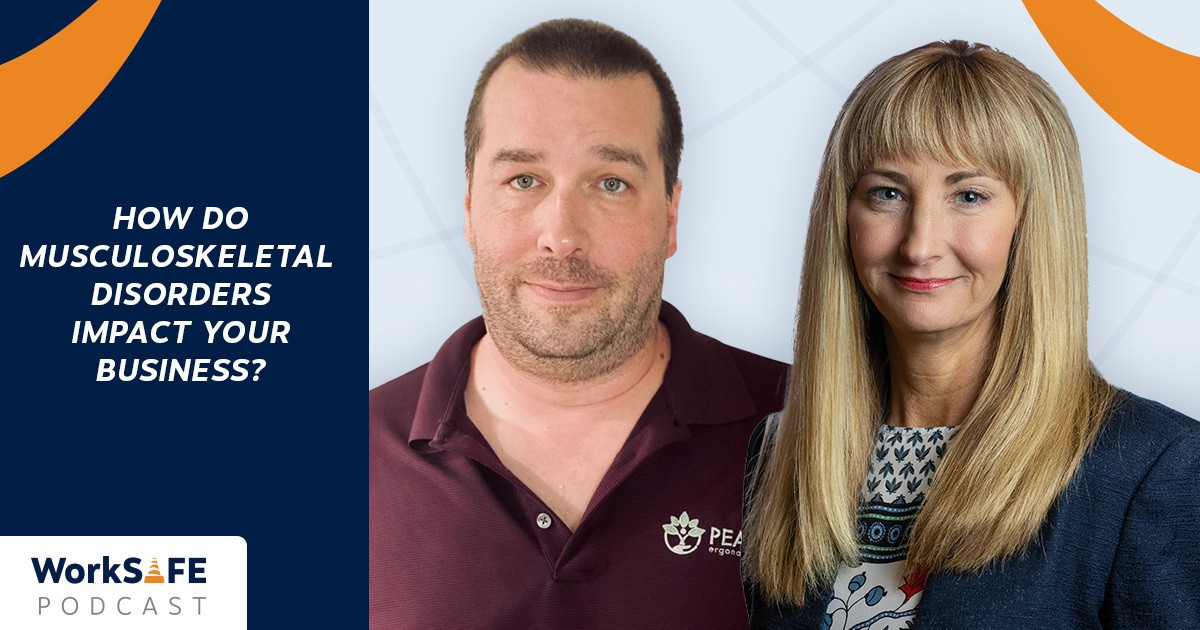 Performance-Related Pay (PRP) Linked to Chronic Stress, Heart Disease & Poor Mental Health
Performance-Related Pay (PRP) Linked to Chronic Stress, Heart Disease & Poor Mental Health
The University of Aberdeen led a study, published in the journal Industrial Relations, that discovered performance-related pay (PRP) is linked to heart disease, higher risks of chronic stress, and poor mental health among workers who depend on it.
In addition, the study, which analyzed data from the nationwide UK Household Longitudinal Study (UKHLS), provides new evidence indicating that PRP employees, especially men, exhibit higher levels of fibrinogen, a marker of chronic stress. Unlike previous inconclusive studies relying on self-reported data prone to bias, this study employed a meticulous statistical analysis, including physiological measures such as blood pressure and stress biomarkers from blood samples.
These findings underscore the necessity for companies utilizing PRP contracts to implement policies aimed at mitigating worker stress. Professor Keith Bender, the SIRE Chair in Economics at the University of Aberdeen Business School and co-author of the interdisciplinary study, emphasizes that the research supports the notion of physical wear and tear among PRP workers, aligning with earlier studies that have associated PRP with poor health, encompassing self-reported mental health issues and cardiovascular health problems.
How Should Companies Respond?
Professor Bender, along with academics from the Business School and the University’s Institute of Applied Health Sciences, conducted the study as part of a project funded by the Economic and Social Research Council. He further highlights that PRP employees, particularly men, exhibit newfound evidence of higher blood pressure and elevated fibrinogen levels, which closely associate with chronic stress.
Dr. Daniel Powell, a co-author of the study from the University of Aberdeen’s Institute of Applied Health Sciences, suggests that chronic stress in PRP employees may arise from the need to exert greater effort at work, work under time or performance pressure, or experience stress related to uncertain income streams. Irrespective of the causes, chronic stress can exacerbate health issues by placing strain on physiological systems or leading to unhealthy coping mechanisms like alcohol and drug use.
In conclusion, the results indicate that the use of PRP contracts may have unintended consequences for employee health, impacting both employee well-being and long-term productivity. Professor Bender urges firms to carefully consider the potential impact on their employees and implement policies that support their well-being.
Here are more workplace Tools & Resources from Peak Ergonomics


















